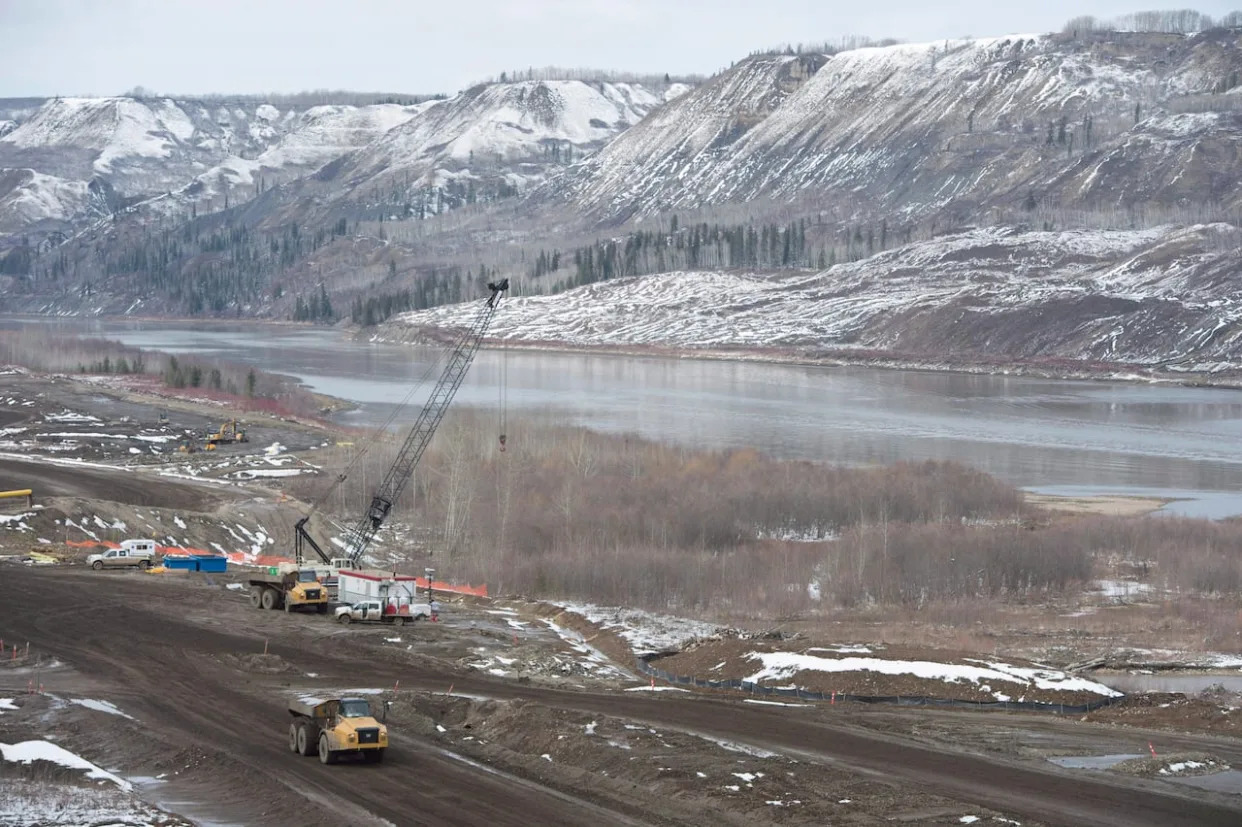By AFP
PublishedMay 21, 2024

A member of the media stands behind his camera at a spot overlooking the Gaza Strip in the southern Israeli city of Sderot in a file picture taken on October 26, 2023
Israel said it had shut down an Associated Press live video feed of war-torn Gaza on Tuesday, sparking a protest from the US news agency and concern from the White House.
Israel’s communications ministry accused the AP of breaching a new ban on providing rolling footage of Gaza to Qatar-based satellite channel Al Jazeera.
It said its inspectors moved in and “confiscated the equipment” on orders approved by the government “in accordance with the law”.
The AP said Israeli officials had seized its camera and broadcasting equipment at a location in the Israeli town of Sderot that overlooks the northern Gaza Strip.
“The Associated Press decries in the strongest terms the actions of the Israeli government to shut down our longstanding live feed,” the AP said in a statement.
It blamed “an abusive use” of Israel’s new foreign broadcaster law.
“We urge the Israeli authorities to return our equipment and enable us to reinstate our live feed immediately so we can continue to provide this important visual journalism to thousands of media outlets around the world,” the agency said.
AP, in its own news report, said Al Jazeera was among thousands of clients that receive live video feeds from the agency.
Israeli opposition leader Yair Lapid reacted to the decision on X, saying the government “went crazy”.
“This is not Al Jazeera, this is an American media outlet that has won 53 Pulitzer Prizes,” he wrote.
White House Press Secretary Karine Jean-Pierre told reporters on President Joe Biden’s plane that “obviously this is concerning and we want to look into it”.
The Qatar-based station was taken off air in Israel earlier this month after Prime Minister Benjamin Netanyahu’s government voted to shut it down over its coverage of the Gaza war.
Al Jazeera’s Jerusalem offices were shuttered, its equipment confiscated and its team’s accreditations pulled.
– Camera, equipment seized –
The AP said that officials from the communications ministry had arrived at the AP location in Sderot on Tuesday afternoon and seized the equipment.
It said the officials had handed the AP a piece of paper, signed by Communications Minister Shlomo Karhi, alleging it was violating the country’s new foreign broadcast law.
The ministry confirmed the incident in a statement.
It said the US news agency regularly took images of Gaza from the balcony of a house in Sderot, “including focusing on the activities of IDF (army) soldiers and their location”.
“Even though the inspectors of the Ministry of Communications warned them that they were breaking the law and that they should cut off Al Jazeera from receiving their content and not transfer a broadcast to Al Jazeera, they continued to do so,” it said.
“The inspectors of the Ministry of Communications operated in Sderot, as they operated last week in Nazareth, according to the orders approved by the government in accordance with the law, and confiscated the equipment.”
Last week, Israeli officials confiscated broadcasting equipment from Al Jazeera’s studio in the northern Israeli Arab city of Nazareth.
AP said it had been broadcasting a general view of northern Gaza before its equipment was seized, and that the live feed has generally shown smoke rising over the Palestinian territory.
“The AP complies with Israel’s military censorship rules, which prohibit broadcasts of details like troops movements that could endanger soldiers,” the agency added.
The Foreign Press Association in Israel, said it was “alarmed” by the confiscation of AP’s equipment.
“Israel’s move today is a slippery slope,” it said in a statement, warning it could lead to the blocking of other international news agencies’s Gaza coverage.
It denounced Israel’s “dismal” record on press freedom during the Gaza war.
In the 2024 press freedom index published by media watchdog Reporters Without Borders, Israel ranked 101st out of 180 countries.
The Gaza war broke out after Hamas’s October 7 attack on Israel resulted in the deaths of more than 1,170 people, mostly civilians, according to an AFP tally based on Israeli official figures.
Hamas also took 252 hostages, 124 of whom remain in Gaza including 37 the army says are dead.
Israel’s retaliatory offensive against Hamas has killed at least 35,647 people in Gaza, also mostly civilians, according to the Hamas-run territory’s health ministry.









